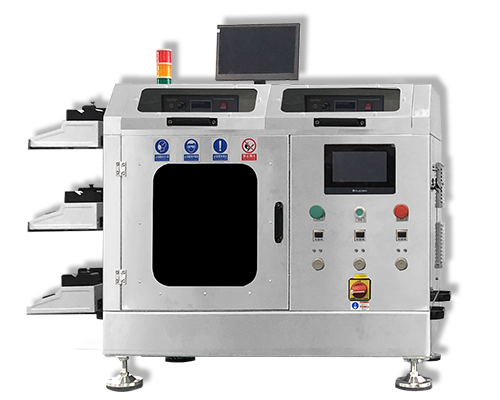Artificial Heart Valve Replacement
Artificial Heart Valve Replacement – Prosthetic Heart Valve Biocoating – Cheersonic
Heart valves are the basic structure of the heart, and severe valve disease can lead to death. Heart valve refers to the valve between the atrium and the ventricle or between the ventricle and the artery. Its main function is to prevent the backflow of blood and ensure the flow of blood from the atrium to the ventricle (or from the ventricle to the aorta/pulmonary artery). There are four types of heart valves based on shape and location: the mitral valve between the left ventricle and the left atrium, the tricuspid valve between the right ventricle and the right atrium, the aortic valve between the left ventricle and the aorta, and the right ventricle and the The pulmonary valve between the pulmonary arteries. Heart valves may suffer from insufficiency (regurgitation), valve stenosis and other diseases due to congenital or acquired inflammation, which affect the quality of life of patients, and may be life-threatening in severe cases.
The most common valvular heart disease is mitral valve and aortic valve disease, so the replacement demand of prosthetic valve is mainly concentrated in patients with aortic valve and mitral valve disease. For patients with severe valvular heart disease, replacement of the artificial heart valve is the most effective treatment. From the material of valve, artificial heart valve can be divided into mechanical valve (made with pyrolytic carbon) and biological valve (made with biological tissue such as pigs and cattle). Mechanical valves are designed to have a longer lifespan (over 50 years), but are more prone to complications and require life-long anticoagulation and coagulation testing; biological valves have a shorter lifespan (10-20 years) than mechanical valves, but Anticoagulants only need to be taken 3 to 6 months after surgery.
The methods of artificial heart valve replacement include traditional surgical thoracotomy and transcatheter intervention:
Surgical valve replacement is the most mature treatment method. Surgical valve has good durability, long expected service life, and long-term evidence-based medicine. However, due to the need for thoracotomy and cardiopulmonary bypass, the surgical trauma is relatively large and the postoperative recovery time is long. Longer, and some patients are inoperable or at high risk.
Transcatheter valve replacement has only been commercialized on a large scale in the past ten years. Its designed service life is shorter than that of surgical valves, and the surgical risk is less. Initially, interventional valves were only used for patients who could not undergo thoracotomy or were at high risk of surgery. It is expected that the penetration rate of interventional aortic valve in intermediate-risk and low-risk patients will increase rapidly.
Ultrasonic nozzles are particularly suitable for a wide range of medical coating applications due to their very precise, non-blocking, repeatable spray performance and extremely low flow rate capability. For several years, Cheersonic has been providing ultrasonic medical coating system to medical device manufacturers worldwide. As medical device technology evolves, we will continue to design unique medical coating ultrasonic spray solutions to enhance patient safety and provide the highest quality medical device coating on the market.
Cheersonic is the leading developer and manufacturer of ultrasonic coating systems for applying precise, thin film coatings to protect, strengthen or smooth surfaces on parts and components for the microelectronics/electronics, alternative energy, medical and industrial markets, including specialized glass applications in construction and automotive.


